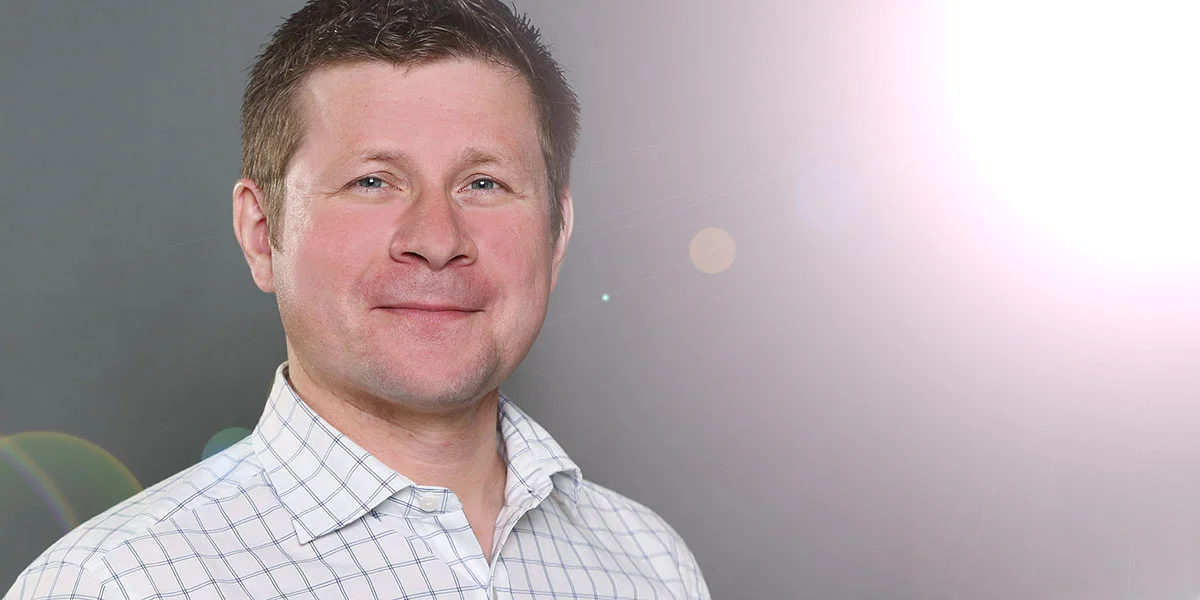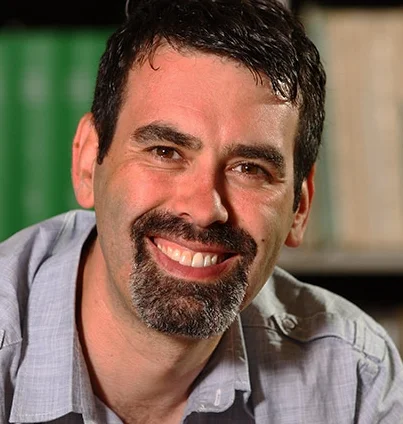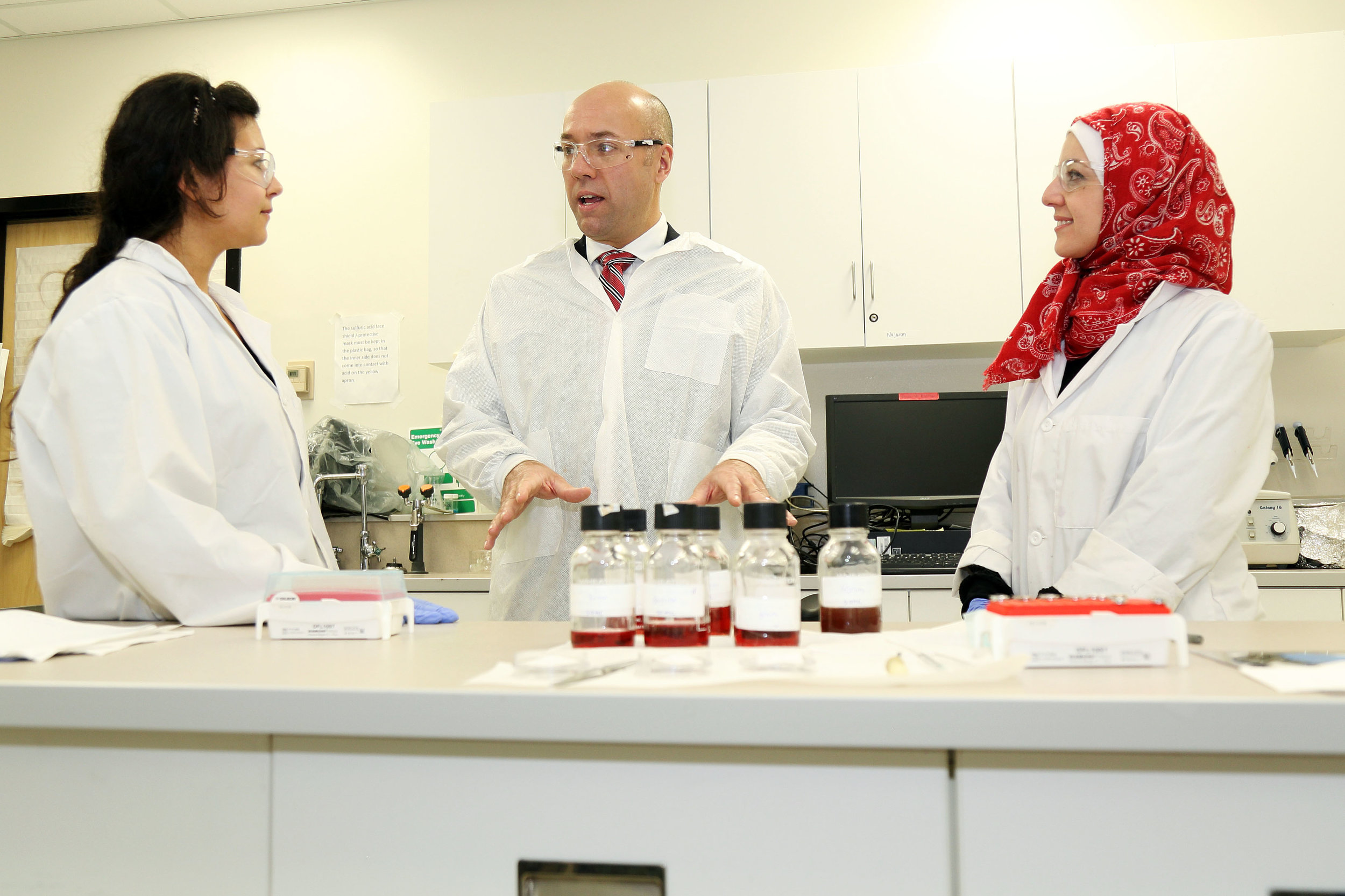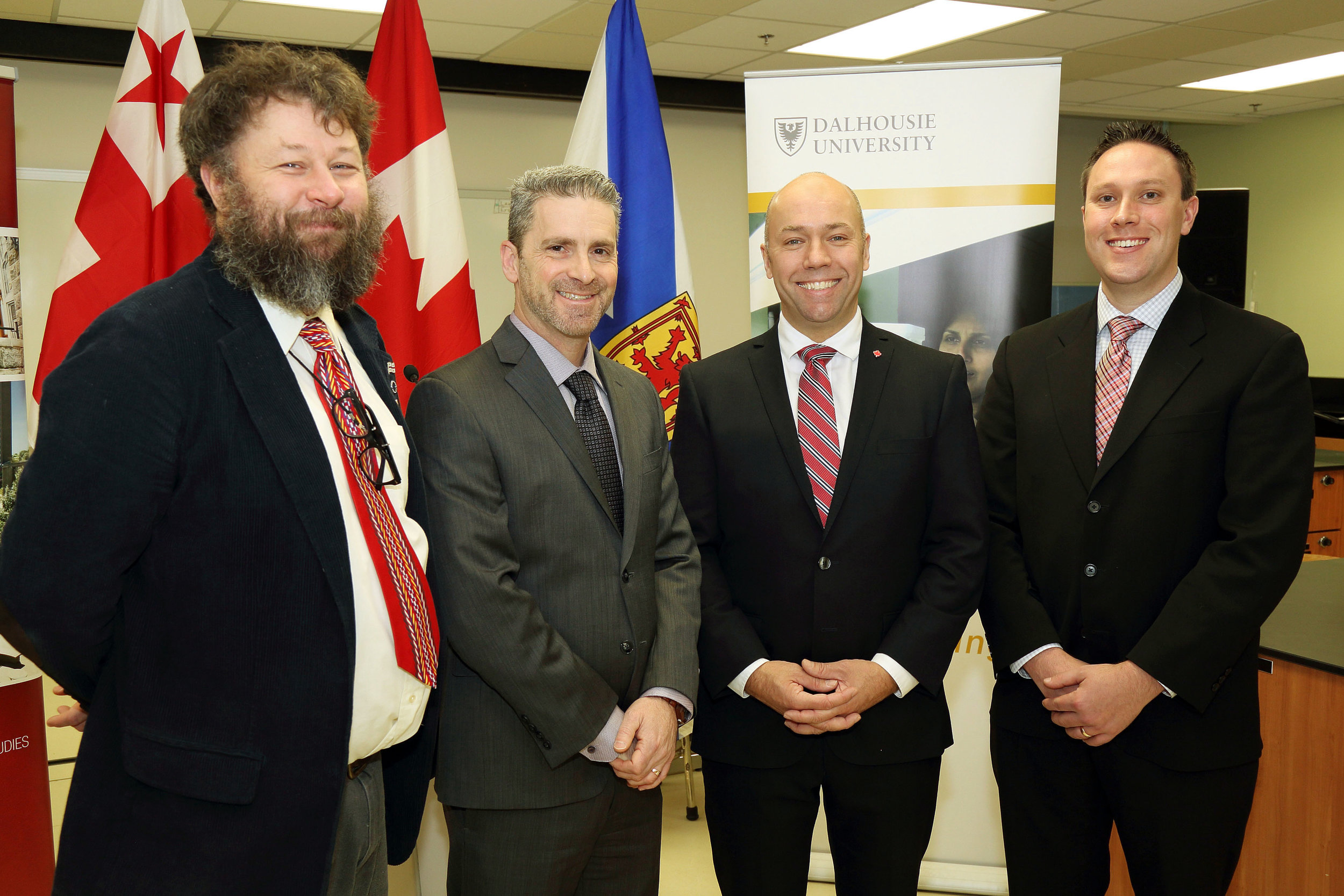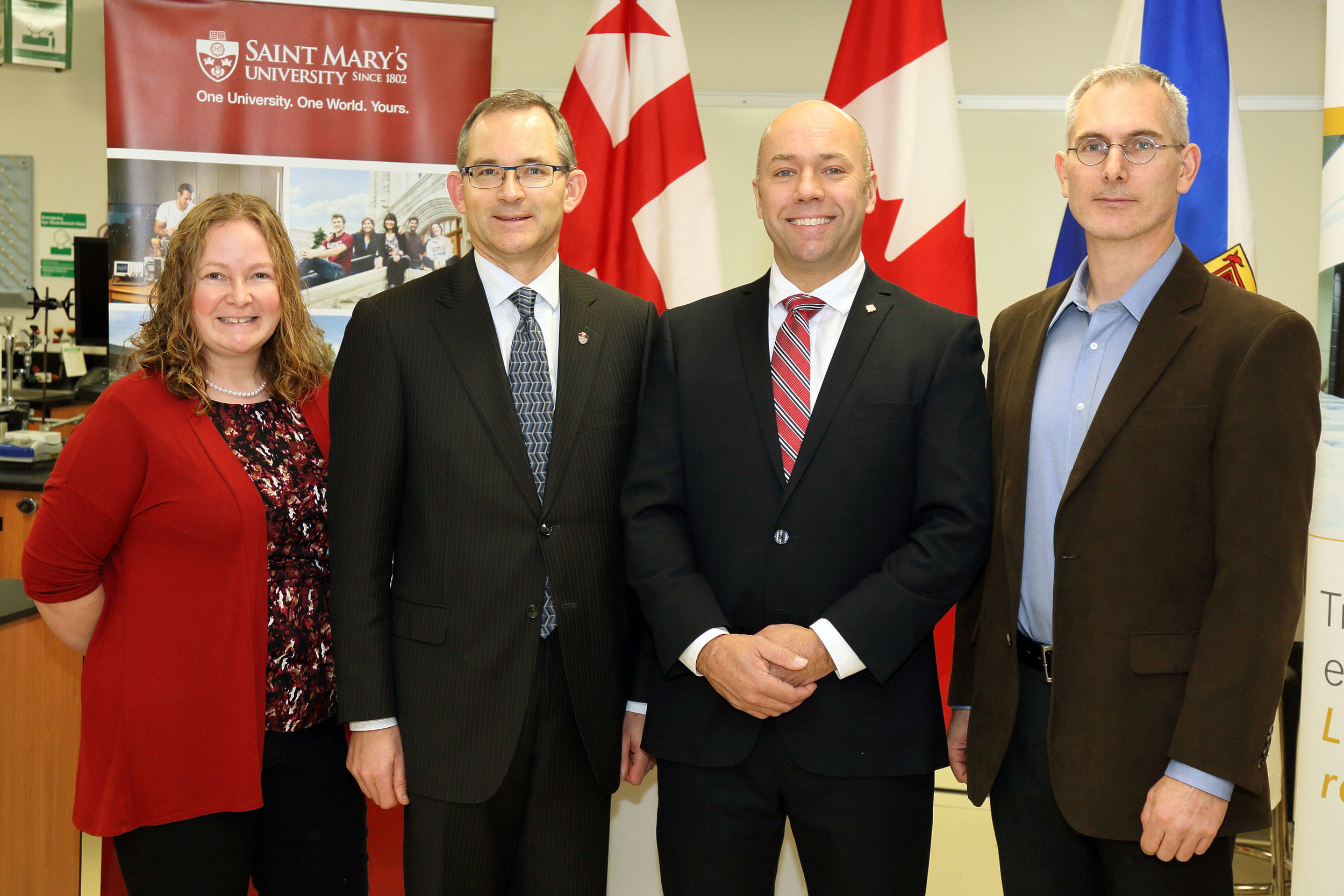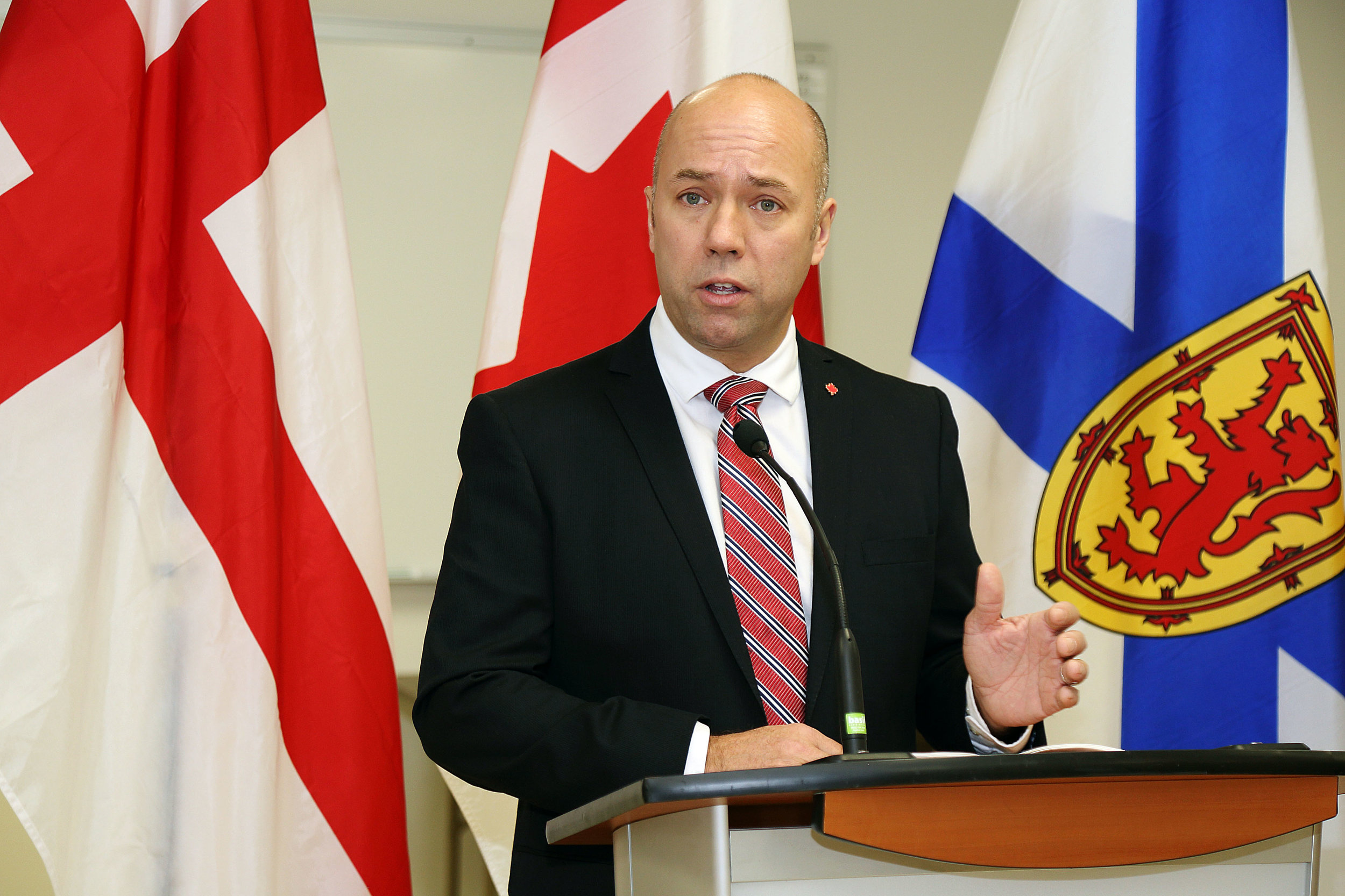Dr. Clarissa Sit
Saint Mary’s chemical biologist Dr. Clarissa Sit’s research into how to combat antibiotic-resistant bacteria and fungi received a big boost today as the result of an investment of $171,204 from the federal government.
“Saint Mary’s University is home to innovative research that impacts not only our institution but contributes to addressing problems of global importance,” said Dr. Malcolm Butler, Vice-President, Academic and Research. “We are very appreciative of this federal investment as it represents a core part of our mission as a university, to engage in innovative research and disseminate its results in a way that will serve the community from the local to international level.”
Dr. Sit’s research addresses one of society’s largest public health challenges: antibiotic-resistant bacteria, viruses and other microorganisms. As a result of this funding, Dr. Sit will have access to a high-resolution mass spectrometer, equipment that will increase the success rate of finding new molecules in soil that have antibiotic or drug-like properties. If successful, this could lead to the discovery of microbes that develop new natural products, which can be used to develop new medications.
“While this new equipment is essential for my research, it also provides the first high-resolution mass spectrometer on campus, which is incredibly useful to my colleagues in chemistry, biology, geology, and environmental science in their research,” said Dr. Sit. “I am very grateful to the Canada Foundation for Innovation and the Government of Canada for their support and I know that this investment will have a big impact on both my research and scientific research in general at Saint Mary’s.”
This investment comes from the Government of Canada provided through the Canada Foundation for Innovation’s (CFI) John R. Evans Leaders Fund (JELF). Support from the federal CFI JELF program provides a portion of the funding needed for institutions to acquire research infrastructure to enable cutting-edge innovation, with contributions from the province and private sector making up the balance of the support.
“This federal infrastructure award recognizes Dr. Sit’s unique and innovative experience, and allows her to establish a lab at Saint Mary’s destined to make important contributions in the area of natural antibiotic research,” said Dr. Adam Sarty, Associate Vice-President Research and Dean of the Faculty of Graduate Studies and Research. “It also allows the next generation of Saint Mary’s students to train in state-of-the-art experimental techniques.”








